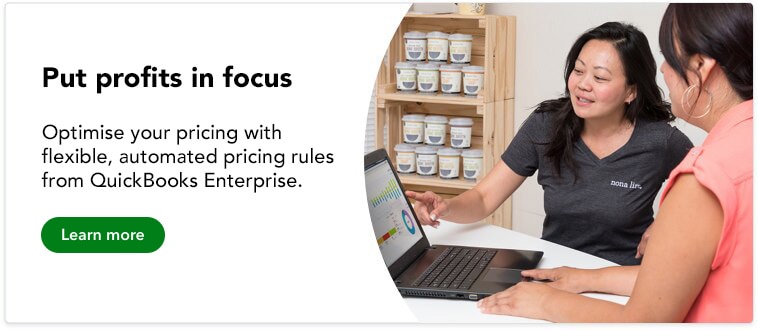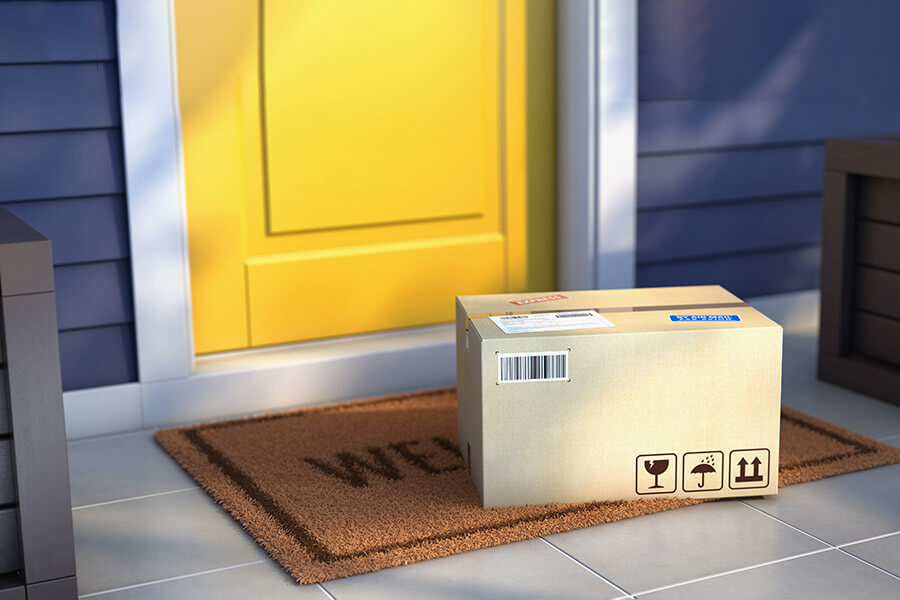What are the benefits of tiered pricing?
Tiered pricing is a popular pricing strategy because it offers businesses a way to generate more revenue from the value they provide customers. Here are three key benefits to using tiered pricing for your products or services.
1. Attract a broader range of customers
Customers with different budgets and priorities will be able to buy from retailers who offer a range of price points.
By offering different tiers of pricing for T-shirts of varying quality, Taylor’s T-Shirts could attract shoppers with different budgets, such as a teenage shopper to buy the lower price featherlight shirt or an older woman to purchase a premium shirt.
2. Boost sales by encouraging upgrades to higher tiers
Once customers buy the basic product for a lower price, they would be more likely to switch to an enhanced version from the next tier.
Say Sparkplug Software gets a new customer for its basic software tier. After six months, the customer needs to change; they inquire about additional functionality. The Sparkplug’s sales rep is able to move the customer into the second-tier subscription, which offers the feature the customer needs.
3. Bring in more revenue with higher sales volumes
Customers are motivated to buy when they see that they can pay less for several units by adding more volume to their order.
Let’s say Acme used to price their widgets at $1 flat with not tiered pricing discount. After Acme switched to a tiered pricing model, a manufacturer might come in to purchase the 10 widgets the current job needed but would then purchase 10 more at the tier-2 price after seeing they could get their additional widgets for $0.75.
After all, there’s a good chance those extra 10 will come in handy in the future, and it’s cheaper to buy them preemptively under a tier-2 price than full price in a separate sale.

















